SUMMARY
This is AI generated summarization, which may have errors. For context, always refer to the full article.
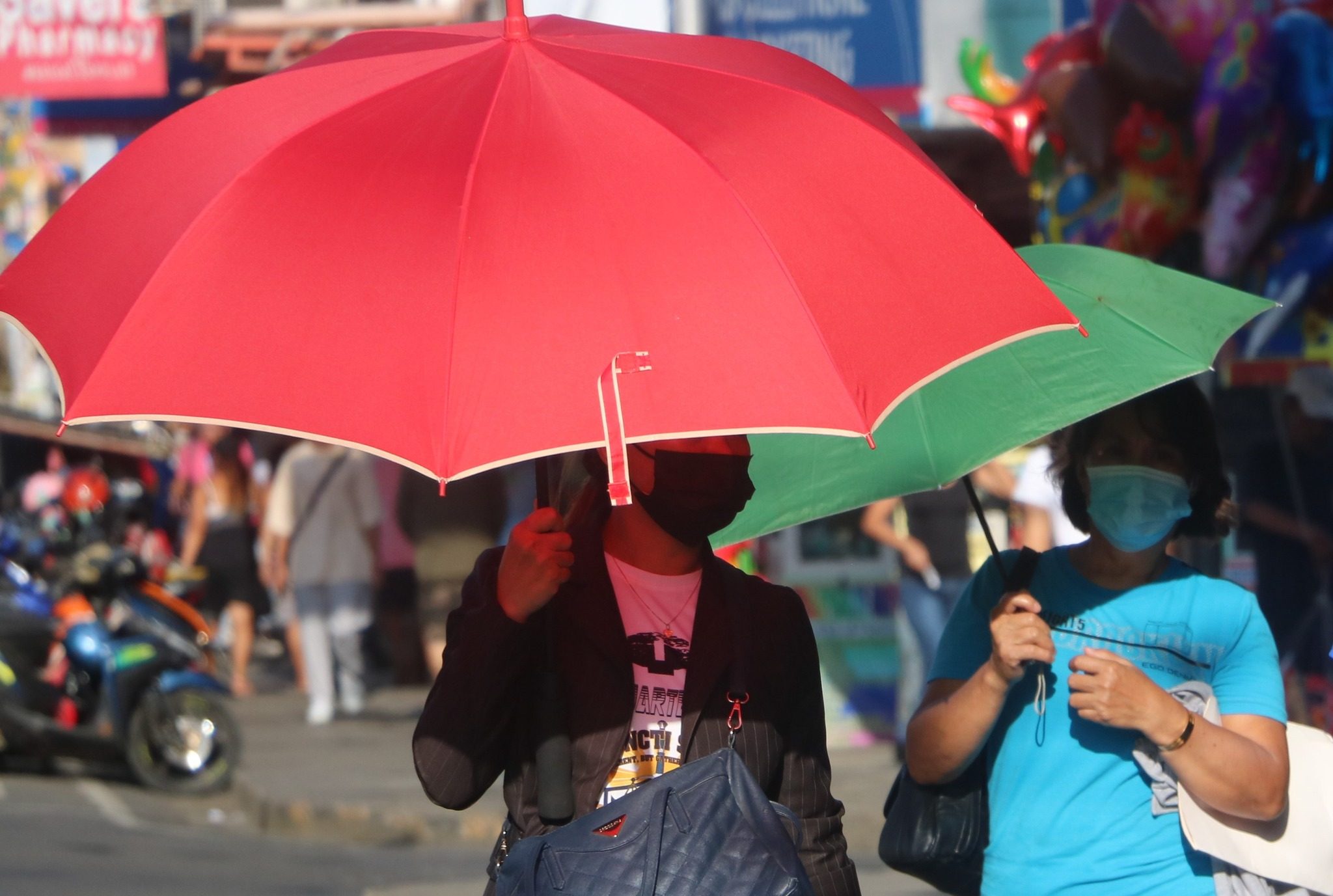
ZAMBOANGA DEL NORTE, Philippines – The Task Force El Niño of Zamboanga del Norte raised concerns on Tuesday, May 16, regarding the province’s susceptibility to severe drought conditions in the region even as it urged residents to make preparations in anticipation of these adverse effects.
Chairing the newly established task force, lawyer Uldarico Mejorada II emphasized the gravity of the situation, citing warnings from the Office of the Civil Defense (OCD) that Zamboanga del Norte may encounter the most severe repercussions of El Niño within the Zamboanga Peninsula.
This assessment was based on recent climate data on the region’s weather patterns.
“The OCD has warned us that Zamboanga del Norte may experience the worst effects of the El Niño in the entire Zamboanga Peninsula… and we have to brace for it,” said Mejorada.

In response, the provincial government has initiated a province-wide mobilization effort to tackle the impending El Niño. Measures include the distribution of climate-resilient crop seeds and a plea to residents to stockpile food, conserve water, and familiarize themselves with the potential effects of this prolonged period of scorching and arid weather.
Majorada, who is the executive director of the Provincial Disaster Risk Reduction Management Office, said their focus is on securing an ample water supply and bolstering food production, recognizing their critical importance during the approaching El Niño months.
The state weather bureau Philippine Atmospheric Geophysical and Astronomical Services Administration (PAGASA) has warned that the country would start seeing the effects of the El Niño phenomenon in July or August, and the worst scenario is for it to end in the first quarter of 2024.
“This is urgent, we have to start preparing now. Rainfall is getting scarce and the Dipolog City and Dapitan areas are constantly among the places with dangerous levels of the heat index,” Majorada said on Tuesday.
Dipolog and Dapitan are component cities of Zamboanga del Norte.
In the past week, PAGASA said Legazpi City, Butuan City, Guiuan in Eastern Samar, Catbalogan City, and Dipolog City registered the highest computed heat index ranging from 48 to 50 degrees centigrade.
The heat index refers to how people feel the rising temperatures. It differs from the actual temperature.
PAGASA advised people to stay indoors, wear light-color clothing, and drink plenty of water to avoid dehydration.
“The heat we are experiencing now in Zamboanga del Norte is much worse than before, and the worst is yet to come,” Mejorada said.
Mejorada called on all local governments and treated water producers in the province to collaborate and agree on a systematic way of managing water treatment, distribution, and conservation “like what they are doing in Dapitan City.”
Dapitan City Water District (DCWD) manager Alemarlou Dagpin said they have asked the Local Water Utilities Administration (LWUA) to do a “geo-resistivity” survey to help them identify groundwater sources where they can put up pumping stations. He said these could be funded by the city government.
“We hope they will find underground water sources by the weekend so we can build the initial three pumping stations because if El Niño begins in the next couple of months, we expect that our three spring water sources will be dried up by the end of the year,” Dagpin told Rappler on Monday, May 15.
Aside from spring water sources, DCWD has a deep well and Dapitan River or surface water source that is supplying Dapitan’s water demand of 269,932 cubic meters a month.
“We have to be successful in getting new underground water sources because, in our worst scenario, we will be rationing water several months before El Niño ends,” Dagpin said.
Meanwhile, Mejorada said the Office of the Provincial Agriculture has started distributing high survival rate crops to farmers, while other capitol workers were raising public awareness so residents would begin stockpiling food and keep themselves healthy. – Rappler.com
Add a comment
How does this make you feel?
![[Vantage Point] How prepared are we for El Niño?](https://www.rappler.com/tachyon/2023/04/prepare-el-nino-april-26-2023.jpg?fit=449%2C449)

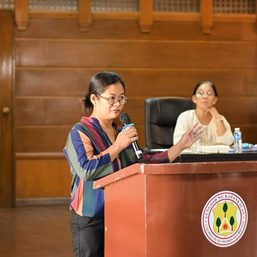
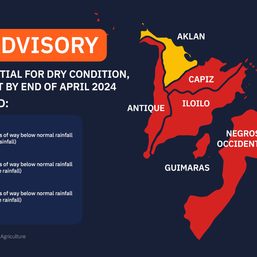
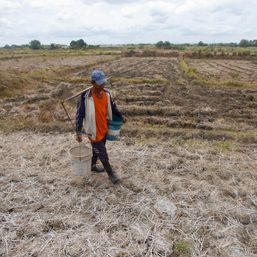






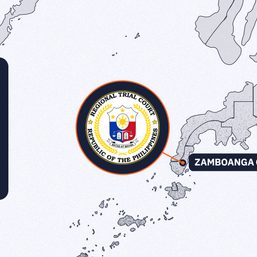


There are no comments yet. Add your comment to start the conversation.